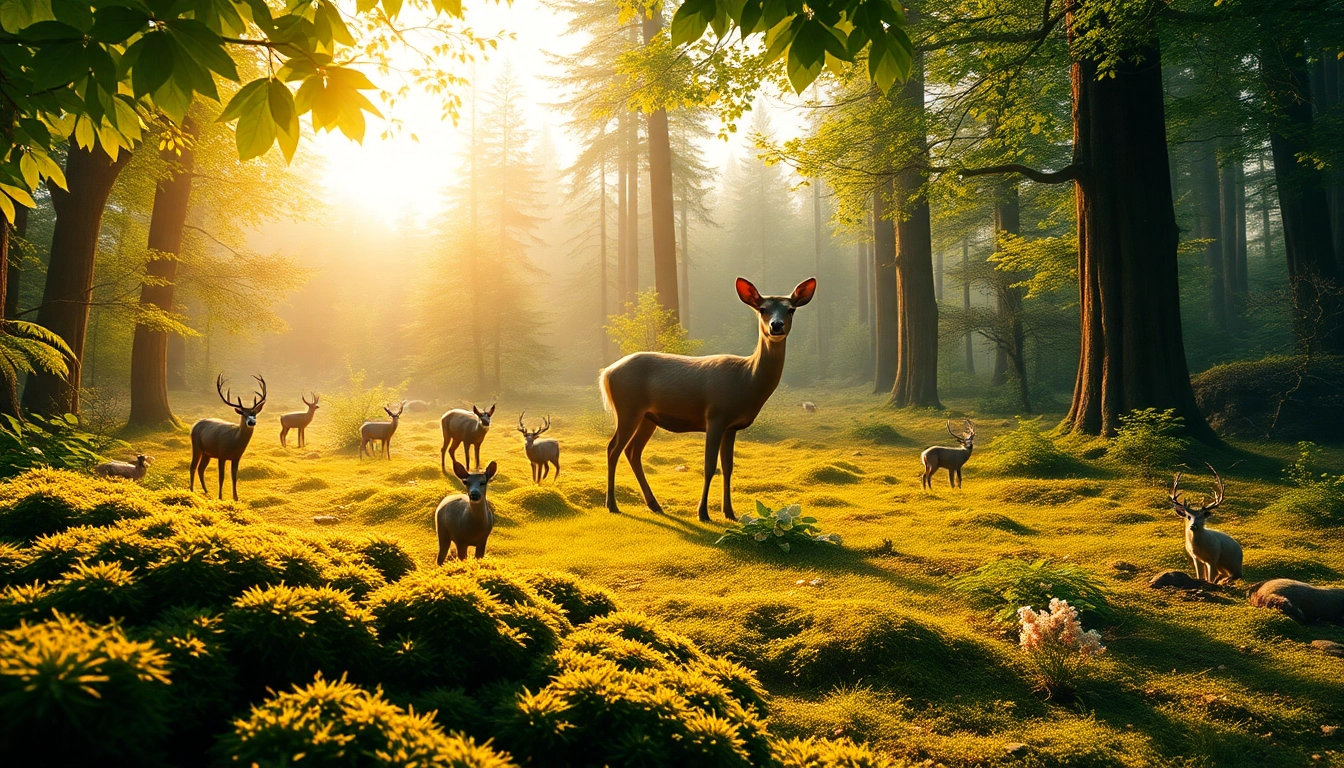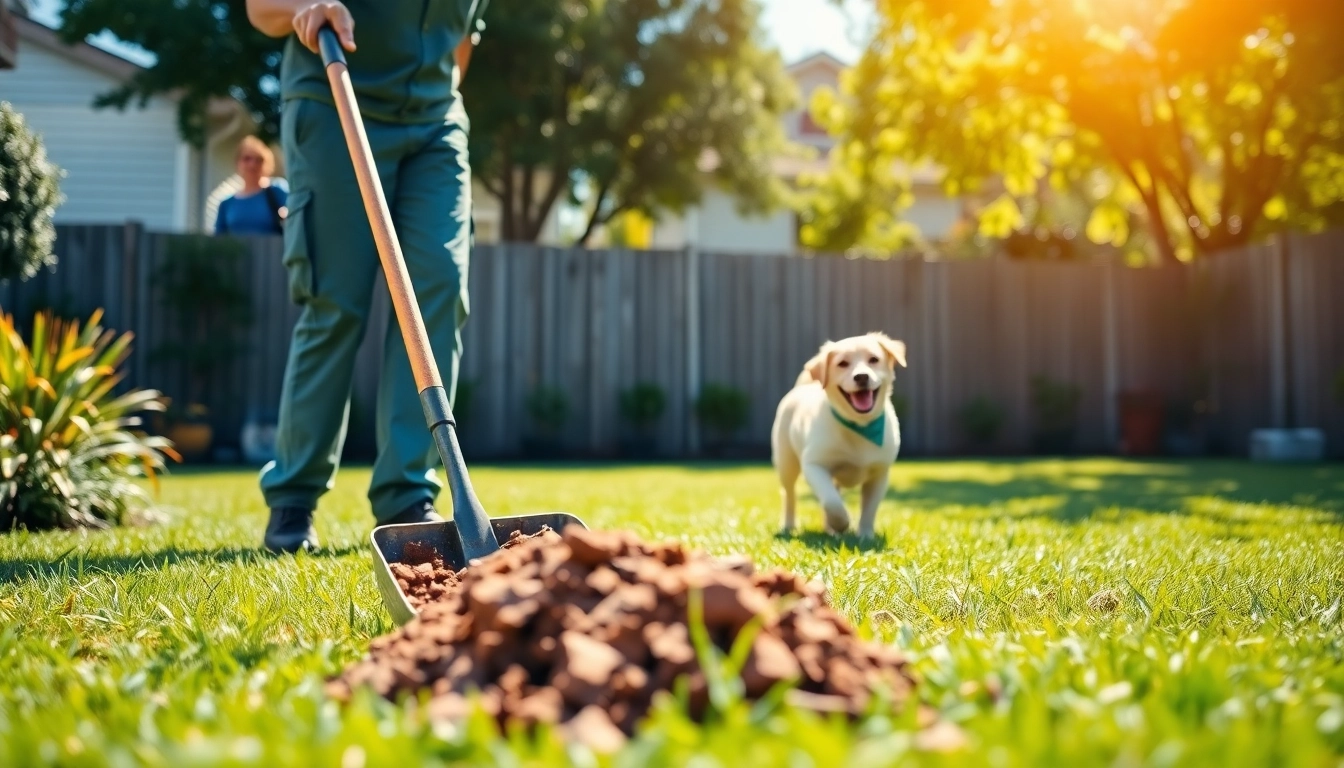Understanding the Importance of Wildlife Conservation
Wildlife conservation is not merely a noble endeavor; it is vital for the health of our planet. The intricate web of life that involves various species and their habitats illustrates the interconnectedness of ecosystems. As modern civilization expands, the pressures on wildlife habitats intensify, often leading to devastating consequences. It is within this context that initiatives aimed at promoting wildlife conservation, such as those showcased on www.sudswild.com, become increasingly imperative. Understanding why wildlife conservation matters is the first step in building a sustainable future.
The Role of Ecosystems in Biodiversity
Ecosystems serve as the foundation for life on Earth. They provide essential services, including clean air and water, pollination of plants, and rich soil. Biodiversity within these ecosystems ensures resilience against environmental changes and disturbances. Higher biodiversity often correlates with a greater capacity for recovery when faced with crises such as climate change or habitat destruction.
Within each ecosystem, every species has a role. From apex predators that regulate prey populations to tiny pollinators that facilitate plant reproduction, the loss of any species can have significant ripple effects. Recognizing the delicate balance of these interactions underscores the urgency of wildlife conservation efforts. By safeguarding habitats and promoting biodiversity, we can maintain the ecosystems that are fundamental to human survival and well-being.
Challenges Facing Wildlife Today
Despite the clear importance of wildlife conservation, numerous challenges threaten the survival of various species. Habitat destruction, driven by agriculture, urbanization, and deforestation, poses one of the most significant threats. As humans encroach upon natural habitats, wildlife loses not only its home but also the resources necessary for survival.
Climate change exacerbates these issues. Changing temperatures and weather patterns impact species migration, breeding cycles, and food availability. Additional threats include pollution, poaching, and invasive species, which can decimate local wildlife populations. Understanding these challenges is crucial for devising effective conservation strategies that address both immediate and long-term outcomes.
Community Involvement in Conservation Efforts
Community involvement is a cornerstone of successful wildlife conservation. When local communities participate in conservation efforts, they contribute valuable knowledge and a vested interest in preserving their natural surroundings. Community-led initiatives often lead to tailored conservation strategies that consider local culture, economy, and environmental context.
Programs that engage local populations in sustainable practices, eco-tourism, and education create incentives for wildlife protection. Furthermore, when communities see the benefits of wildlife conservation—such as improved local economies or enhanced quality of life through preserved natural spaces—they are more likely to invest in these initiatives. Collaborative efforts that unite conservationists, local residents, and policy-makers can pave the way for innovative and sustainable solutions.
How www.sudswild.com Supports Wildlife Initiatives
Organizations like www.sudswild.com actively support wildlife initiatives through multifaceted programs designed to engage, educate, and empower individuals and communities. By focusing on problem-solving, partnerships, and outreach, these organizations contribute to a more significant conservation impact.
Collaborations with Conservation Organizations
Collaboration enhances the effectiveness of conservation efforts. www.sudswild.com partners with various conservation organizations worldwide, sharing resources, knowledge, and strategies. Through these collaborations, they access scientific data, conservation technologies, and successful case studies from different regions.
Such partnerships enable comprehensive approaches to challenges facing wildlife. They can leverage governmental support, involve researchers for technological innovations, and coordinate on-the-ground efforts with local NGOs to ensure a cohesive strategy that maximizes impact across communities and habitats.
Educational Programs for Communities
Education is a powerful tool for conservation. www.sudswild.com recognizes this, executing programs aimed at raising awareness about the importance of wildlife and environmental sustainability. These educational programs are designed to reach various demographics, from school children to adults, instilling respect for nature and understanding of conservation issues.
By providing workshops, training sessions, and educational resources, www.sudswild.com empowers communities to become advocates for wildlife conservation. Knowledge-sharing initiatives help equip individuals with the information and skills necessary to contribute to local conservation efforts actively.
Volunteer Opportunities and How to Get Involved
The commitment of volunteers is a remarkable force in wildlife conservation. www.sudswild.com facilitates opportunities for individuals to engage in hands-on conservation work. Volunteers play essential roles in field research, habitat restoration, and educational outreach.
Getting involved as a volunteer not only aids conservation efforts but also provides personal growth experiences. Participants gain insight into the complexities of wildlife management, develop new skills, and create connections with like-minded individuals who share a passion for preserving the natural world.
Capturing Wildlife: Ethical Photography Guidelines
For many nature enthusiasts, wildlife photography serves as a compelling medium for storytelling. However, it is essential to approach this art form with a strong ethical framework to ensure that wildlife and their habitats are not harmed. As individuals document their experiences, they hold the power to promote awareness and inspire action towards conservation.
Essential Equipment for Wildlife Photography
Capturing spectacular images of wildlife demands specific equipment tailored to the needs of the photographer. Essential tools include a high-quality camera that can perform well in varying lighting conditions, a sturdy tripod for stability, and impressive lenses with zoom capabilities to capture subjects at a distance without disturbing them.
For beginners, investing in a versatile lens that covers a range of focal lengths can be a good starting point. More advanced photographers might want to invest in telephoto lenses to capture detailed images of elusive wildlife. In addition to the camera gear, proper protective cases and supplies enhance the overall photography experience, increasing the likelihood of capturing high-quality images while keeping equipment safe from the elements.
Principles of Ethical Wildlife Photography
Ethical wildlife photography prioritizes the welfare of animals and the integrity of their habitats. Photographers must respect the space of wildlife, avoiding intrusive behaviors that could disrupt natural activities such as feeding, breeding, or sheltering.
Choosing to photograph in a way that minimizes disturbance may require preparing for longer waits or adjusting shooting techniques. Utilizing appropriate gear, including longer lenses, allows photographers to maintain a respectful distance. Furthermore, understanding animal behavior can enhance the chances of capturing stunning images while ensuring wildlife remains unharmed.
Editing Tips to Preserve True Wildlife Experiences
Editing wildlife photographs can enhance aesthetics while preserving the authenticity of the experience captured. Key editing processes include adjusting brightness, contrast, and colors to reflect the true atmosphere of the scene. However, it is imperative to avoid heavy manipulation that alters the composition or context of the wildlife subject.
Consider using subtle techniques such as cropping or minor adjustments to highlight the subject without misleading viewers. True wildlife photography should convey genuine experiences rather than theatrical alterations, contributing positively to the awareness of wildlife issues.
Exploring Various Wildlife Habitats through www.sudswild.com
www.sudswild.com provides extensive opportunities for exploring diverse wildlife habitats. This multifaceted approach allows individuals to appreciate the complexity and beauty of various ecosystems while fostering an understanding of their integral role in wildlife conservation.
Forest Ecosystems: A Diverse Habitat
Forests are among the most biodiverse ecosystems on the planet, providing habitat for countless species, from towering trees to intricate undergrowth. Forests serve as carbon sinks, playing a critical role in climate regulation while supporting species that may dwell nowhere else.
www.sudswild.com emphasizes the significance of forest ecosystems by showcasing conservation efforts in forested regions, highlighting specific species that thrive within these environments. Engaging in forest ecology activities, such as guided tours or workshops, helps participants develop a deeper connection to these vital ecosystems.
Marine Environments: Oceanic Wildlife
The marine environment is home to an astounding variety of life forms, from vibrant coral reefs to majestic whales. Ocean ecosystems provide critical ecosystem services, including oxygen production and carbon absorption. Unfortunately, they also face immense pressure due to overfishing, pollution, and climate change.
www.sudswild.com’s programs often focus on marine conservation efforts that promote sustainable practices, protect marine species, and restore damaged ecosystems. By encouraging responsible interaction with marine environments, such as snorkeling, responsible fishing, and beach clean-ups, they aim to foster a culture of stewardship and awareness.
Grasslands and Savannas: Unique Species
Grasslands and savannas represent unique habitats that exhibit distinct ecosystems characterized by vast open spaces, diverse flora, and a variety of fauna. These areas serve as essential grazing grounds for herbivores and hunting grounds for predators, showcasing specialized adaptations among species that thrive in their environment.
Initiatives at www.sudswild.com emphasize the significance of these ecosystems by facilitating educational experiences in grassland conservation. Participants learn about the importance of biodiversity in maintaining ecological balance, making them more effective advocates for wildlife conservation in these habitats.
Evaluating the Impact of Wildlife Tours on Conservation
Wildlife tours can serve as a powerful vehicle for promoting conservation. Beyond providing experiences for adventurers, they can foster awareness and generate funding for conservation projects. Understanding the nuanced impact of wildlife tourism allows organizations and communities to maximize benefits while mitigating potential detriments.
Benefits of Ecotourism for Local Communities
Ecotourism enables local communities to engage directly with wildlife conservation while enjoying economic benefits. By creating job opportunities in guiding, hospitality, and local crafts, ecotourism can stimulate local economies and create a sense of ownership over natural resources.
Furthermore, successful models of ecotourism encourage sustainable practices, from habitat preservation to wildlife protection. Investment in community-led ecotourism ventures increases awareness and appreciation of local wildlife and habitats, fostering a culture committed to conservation.
Understanding Wildlife Tour Regulations
Compliance with wildlife tour regulations is essential for minimizing the impact on species and habitats. Regulations may include guidelines around group sizes, designated viewing locations, and restrictions on particular activities (such as feeding wildlife or approaching nests).
Organizations like www.sudswild.com stress the importance of adhering to these rules to ensure safe viewing experiences without compromising the well-being of wildlife. Increasing awareness about regulations among tour operators and participants significantly contributes to the broader conservation effort.
Measuring Success: Metrics for Wildlife Tours
Assessing the success of wildlife tours involves multiple metrics that reveal their impact on conservation efforts. These may include indicators related to environmental sustainability, the economic vitality of local communities, and wildlife population trends.
www.sudswild.com advocates for controlled studies and evaluations to provide data on the efficacy of wildlife tourism in supporting conservation initiatives. Gathering feedback both from participants and communities ensures that tours are beneficial and are continually adapted to enhance their conservation-oriented focus and outcomes.



